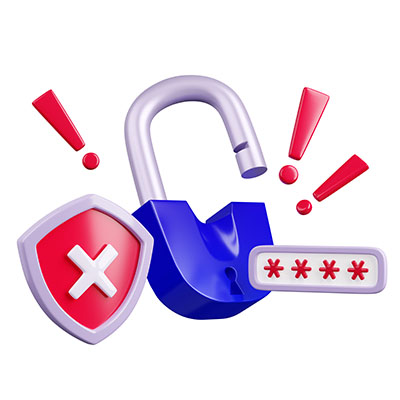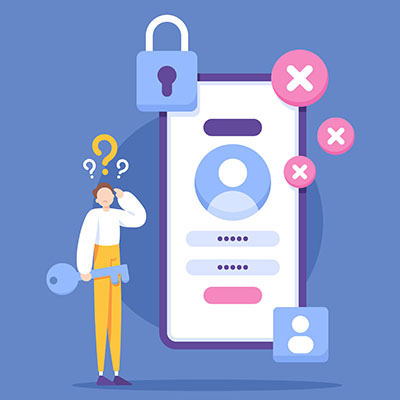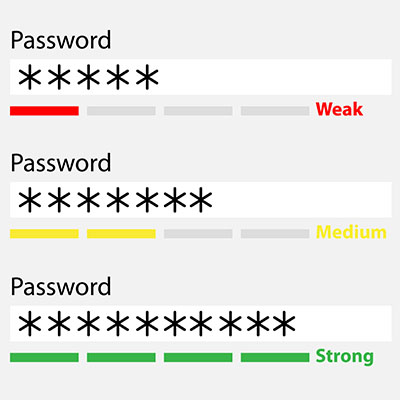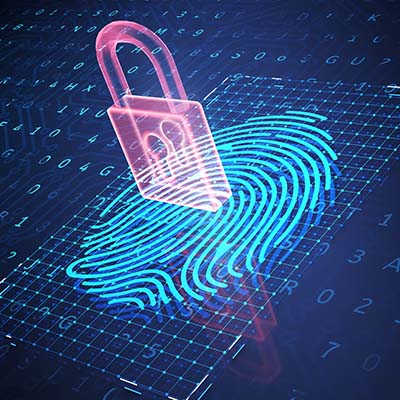Weak passwords are one of the leading causes of cybercrime, identity theft, and data breaches. Sure, it’s easy to say it, but this time we wanted to demonstrate just how easy it is to crack a wimpy password.
Uh oh. You were trying to be more secure and decided to set up multi-factor authentication. However, you’ve just discovered how important the other factors are when it comes to authenticating your identity. Yes, you’ve found yourself unable to access your means of authenticating yourself. So…what do you do now?
Cybersecurity has never been more important. There are millions of scams sent out every day that are ultimately targeting you and your employees’ password-secured accounts. Today, we are going to give you some tips on how to create passwords that work best to protect your data and information systems.
In August, LastPass suffered a data breach that allowed hackers to access the LastPass source code. Let’s take a look at this situation and see what you need to do to maintain proper password security moving forward.
Passwords have been front-and-center for data security since 1960, but even their creator–MIT researcher Fernando Corbató–doesn’t think he should take full credit passwords. In fact, if you brought this up to the researchers who did create them, they would tell you that the security concerns for their time were much more limited.
When a hacker tries to access one of your accounts, the first challenge they must overcome is the password. This is why industry professionals always encourage you to create them with security in mind. The latest guidelines issued by the National Institute of Standards and Technology, or NIST, are not quite conventional or traditional, but they do give valuable insights into how to create more secure passwords.
As the preeminent form of security online, passwords are currently the most important frontline defense to get right in your organization. However, many people often cut corners with their passwords to ensure they don’t forget them, recycling them across their many accounts. Let’s go over a few ways to help your team create secure passwords that they can commit to memory without shortchanging their efficacy.







